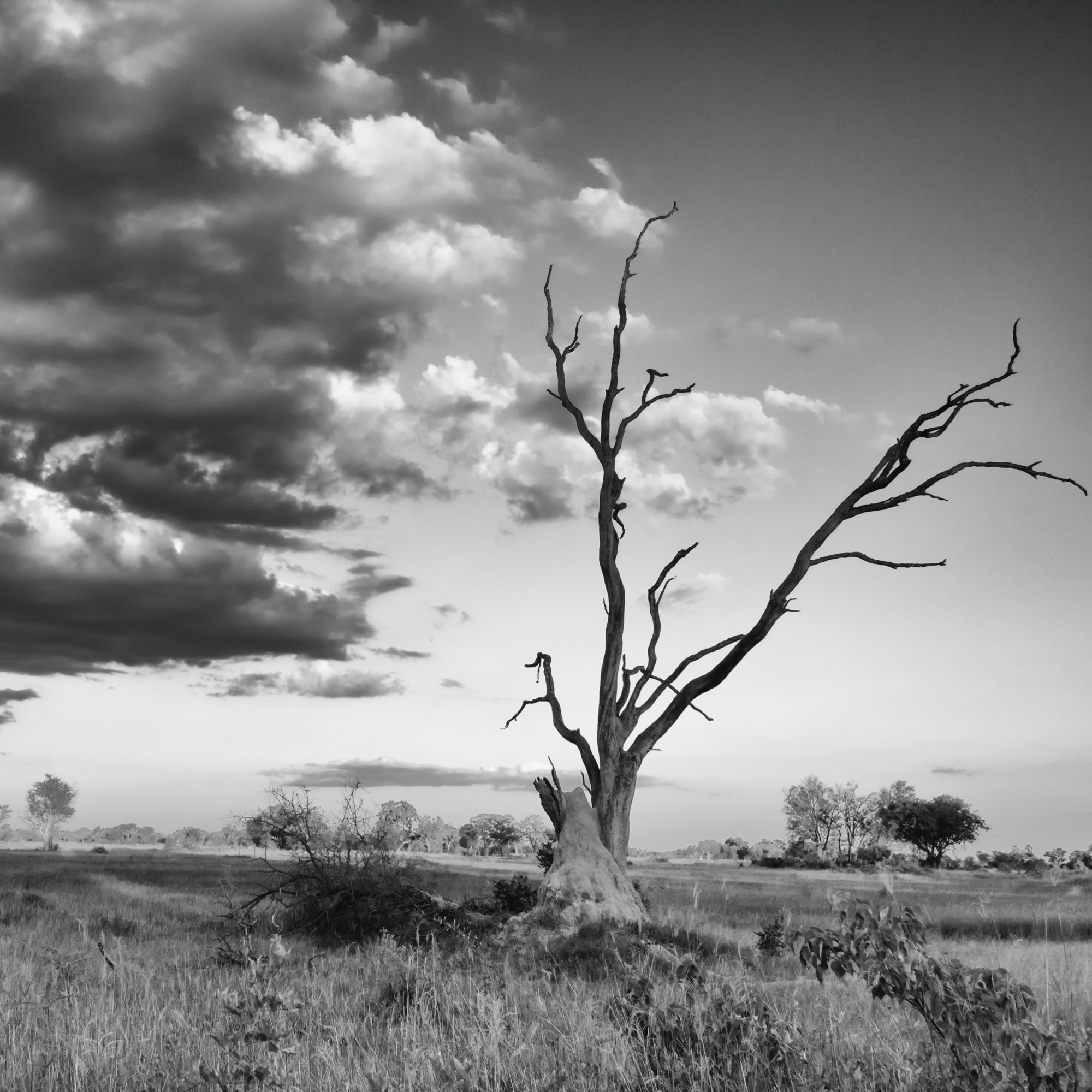A friend of mine recently showed me some lovely photos she took of a Baltimore oriole, which inspired me to get to work on the photos I have of beautiful yellow birds – the southern masked weaver and spectacled weaver.
I was lucky enough to be able to watch the southern masked weavers crafting their nests in a tree in the back garden of the Wildlife ACT volunteer house at Zimanga, plus have them visit the water hole while we had time at the hides.
Enjoy!

1/320 sec, f5.6, ISO 450

1/320 sec, f5.6, ISO 280

1/1600 sec, f9.0, ISO 1250

1/1600 sec, f9.0, ISO 1250

1/500 sec, f5.6, ISO 100

1/500 sec, f5.6, ISO 140

1/2500 sec, f7.1, ISO 5000

1/1600 sec, f9.0, ISO 1250
http://jennifersawicky.smugmug.com/buy/46618501_HZ72M2/3865148179_647zLgQ/










 And it reminds me of the photos of dogs caught mid shake – they just look so goofy.
And it reminds me of the photos of dogs caught mid shake – they just look so goofy.

























